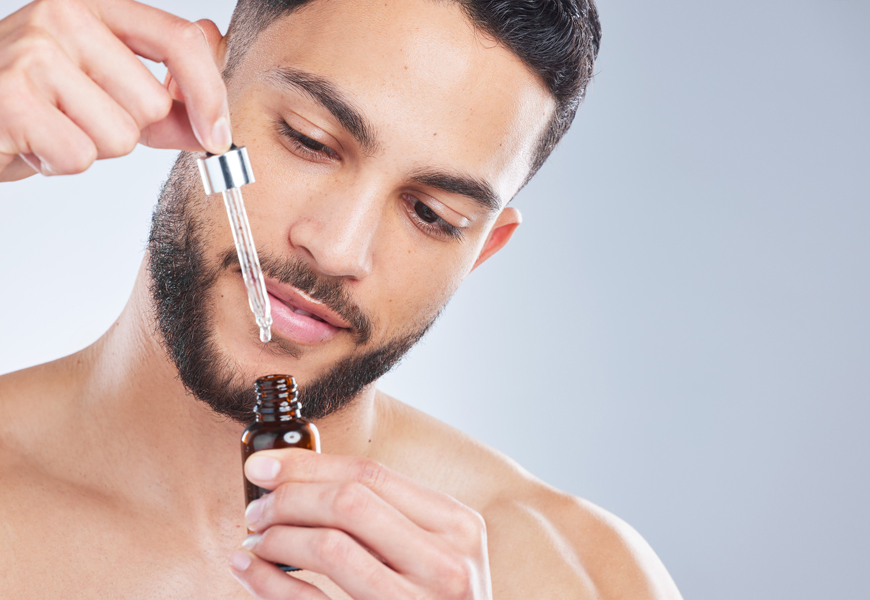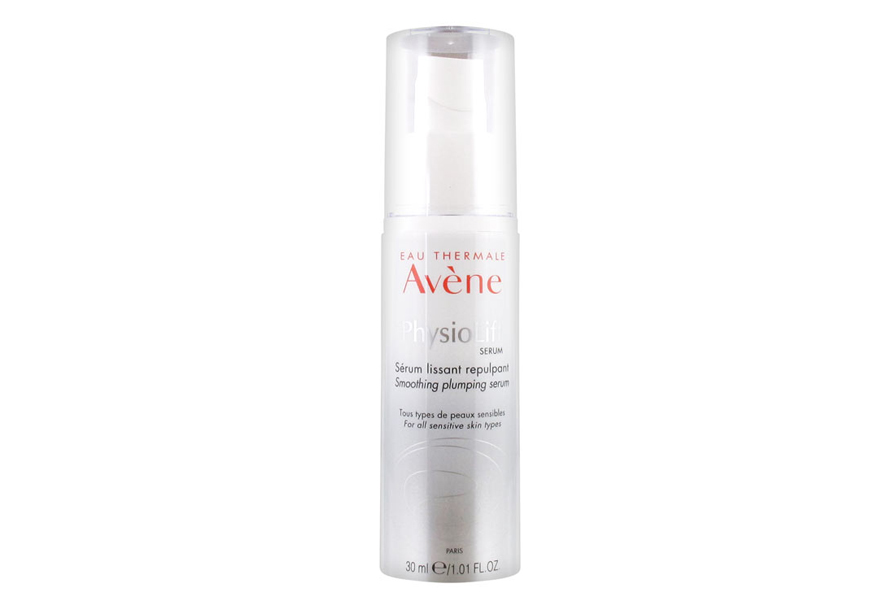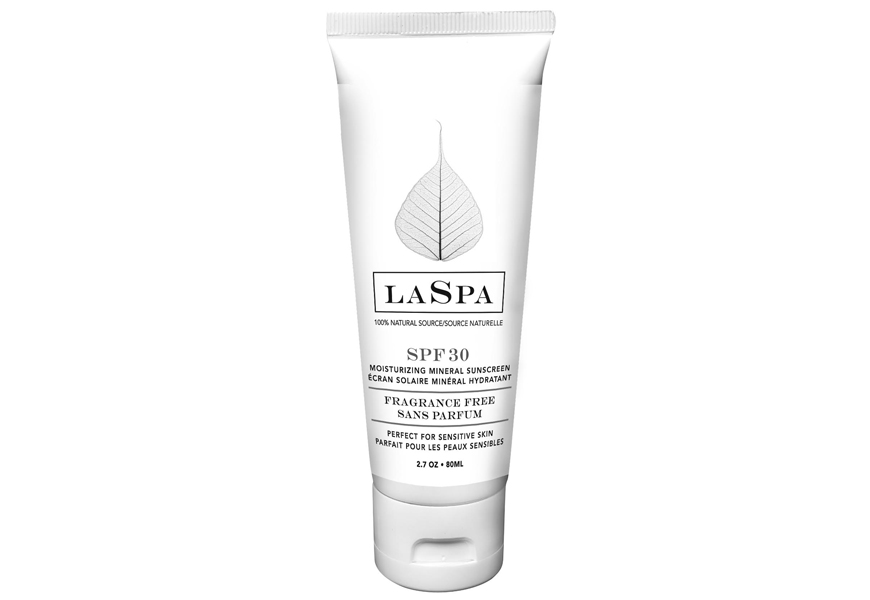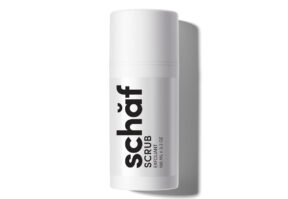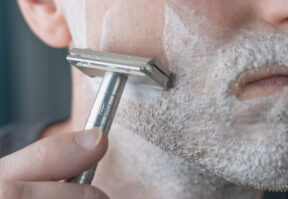You’ve probably heard the hype, how hero ingredient Retinol can transform your skin by banishing wrinkles, acne, scarring and more—all while giving your face a healthy glow. But do you really know what Retinol is and how it works? We thought so and as a result, connected with Dr. Beleznay, a Canadian dermatologist and Marcelle’s Skin Health Expert to provide clarity about and advice on how to use this highly sought-after component of skin care.
What is Retinol?
Retinol is a type of retinoid derived from Vitamin A. “Vitamin A is an important nutrient for vision growth, cell division and supports a healthy immune system,” explains Dr. Beleznay. It’s also commonly found in many high-volume foods, such as kale and hard-boiled eggs. So why not just eat more of the good stuff? “Our bodies naturally produce Retinol, but overtime those levels decrease, which is why retinoids are great for helping prevent visible signs of aging on our skin,” adds Dr. Beleznay.
What are the benefits of using Retinol as part of our skincare routine?
Well, for starters, it’s often referred to as a holy grail skincare ingredient, because Retinol can help with everything from photoaging and skin texture to pigmentation and acne. “Retinol can also stimulate the production of collagen, reducing the appearance of fine lines and wrinkles by smoothing your skin,” adds Dr. Beleznay. It can also fade hyperpigmentation and may help with acne by accelerating skin cell renewal and by preventing pores from clogging.
When should Retinol be used?
Always apply it at nighttime before you go to bed. Make sure to cleanse your skin first and ensure it is dry prior to applying a Retinol-based product, like Marcelle’s Retinol3 + Probiotic Night Serum ($39.95 for 30ml, available online at www.marcelle.com). “This is important because if your skin is damp, the retinol will absorb more deeply into your skin and might cause irritation,” says Dr. Beleznay.
How should Retinol be used?
Apply a pea-sized amount of your Retinol-based face product evenly across your face. Be careful around the eyes and neck, though, as they can be more sensitive. Follow with a moisturizer to hydrate your skin and reduce the risk of irritation. During the day, make sure to “wear a minimum SPF 30 sunscreen daily to protect your skin,” advises Dr. Beleznay. “When starting out, use Retinol two to three nights per week and build up to nightly use if your skin tolerates it. Your skin will see benefits if you use Retinol consistently over the long term, even if you only use it one to three nights per week.”
Top Retinol tips:
- Wait 10 minutes after cleansing before applying Retinol.
- Using the sandwich technique: layer Retinol between two applications of moisturizer. “This product layering method helps trap hydration into the skin,” says Beleznay. “It involves placing lighter formulas on a damp face, then layering on thicker ones to seal in the moisture.”
- “Counteract dryness or redness from Retinol by adding additional ingredients to your routine, like hyaluronic acid, glycerin, ceramides, and niacinamide, which can help repair your skin’s barrier,” advises Beleznay.
- Avoid use of exfoliating acids, like AHA/BHA acids or benzoyl peroxide at the same time as Retinol application, as these treatments can become less effective and increase the skin’s sensitivity to the sun.
- “If you develop significant irritation, stop using the product, moisturize, then restart once your skin has settled,” says Beleznay.

